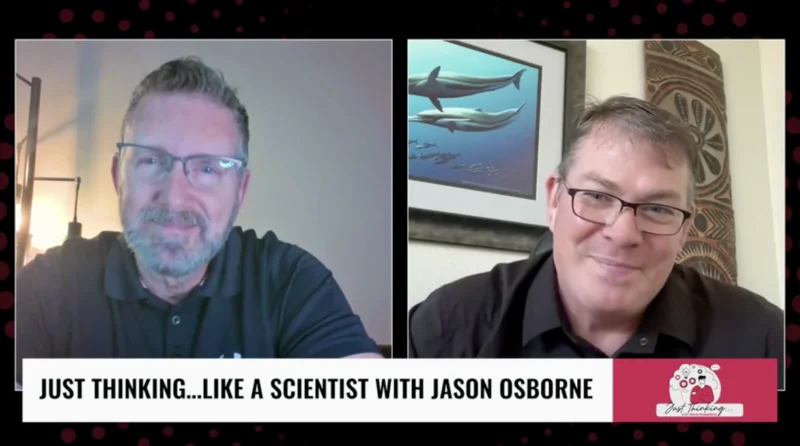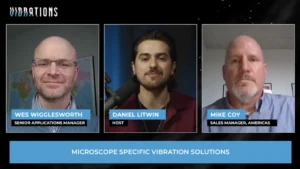James Webb Telescope Observations Heat up with Coldest Ice Detection
The harshest arctic winters have got nothing on the chill from deep space. The James Webb Space Telescope (JWST) continues to provide gifts for scientists and space enthusiasts with its latest discovery: ice found within the deepest reaches of an interstellar molecular cloud. As reported in the journal Nature Astronomy, the JWST measured the frozen molecules at minus 440 degrees Fahrenheit (minus 263 degrees Celsius).
Could this discovery provide clues to early planet formation and possible early lifeforms?
“These observations open a new window on the formation pathways for the simple and complex molecules that are needed to make the building blocks of life,” lead study author Melissa McClure, an astronomer at Leiden Observatory in the Netherlands, said.
How is the rest of the scientific community responding to this life-altering (literally) news? Jason Steffen, Assistant Professor of Physics and Astronomy at the University of Nevada, Las Vegas, and member of NASA’s Kepler mission science team since 2008, gave some context around this latest JWST observation and why other astronomers and space professionals are eager to learn even more about these icy molecules.
In related efforts, the University of Nevada, Las Vegas research team discovered a new form of ice that redefines the properties of water at high pressures. This type of high-pressure water may be present in the interior of distant planets under immense strain from the forces of gravity. Perhaps this is the next bucket list item for the JWST to discover as it continues to probe the unknown reaches of space.
Jason’s Thoughts
“New results from the James Webspace Telescope Show it has the power to do exactly what it was designed to do. That is to peer through layers of cold gas and dust to see what is going on behind them. These layers would be opaque to visible light and hide the goings-on deep inside the coldest and dirtiest places in the universe.
In this study, astronomers use the James Webspace Telescope to study the composition of condensed material deep within the cold cloud of gas called Chameleon I. This is a cloud where stars are forming. They wanted to see how different ices or molecules of light elements condensed out of that cloud. These light elements include carbon, oxygen, nitrogen, hydrogen, and sulfur, and these elements are important for the formation of planets as well as the development of planetary atmospheres and eventually life on any of these planets that might form as infrared light from distant stars pass through that cloud.
It will be absorbed by these different ices, and we can measure what they’re made out of within that. These results will help us piece together the development of planet-forming material from within this cloud. And it’s especially important because this is before the time that most of the stars have formed and certainly before the time that any of the planets have formed.”
Article by James Kent.









